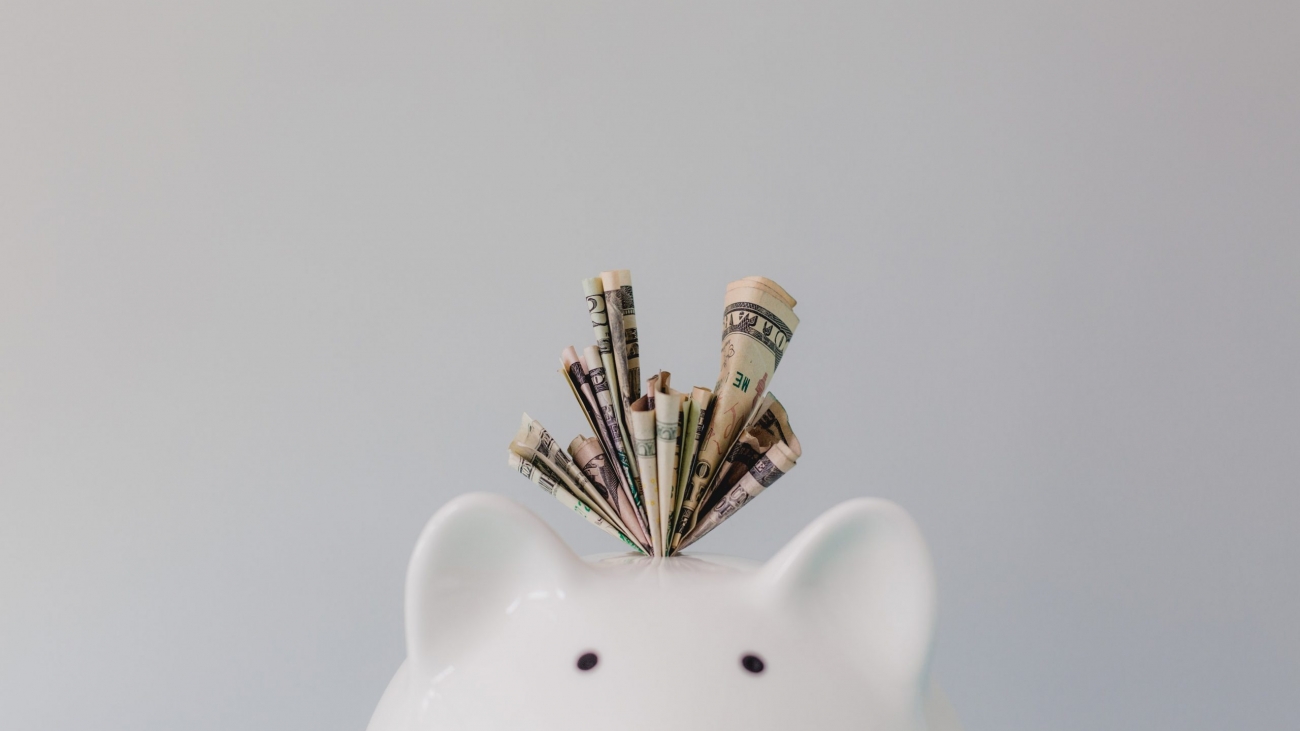In the advent of such massive Quantitative Easing (QE)[1] conducted by the Federal Reserve (FED), there has been debate as to whether hyperinflation or deflation would occur.
The debate: Hyperinflation vs Deflation
Firstly, we should explore what hyperinflation is. Hyperinflation, as its name suggests, is the rapid increase of the prices of goods and services of more than 50% per month. This could occur because businesses will increase their prices to stay afloat while the consumers will have more from the QE and thus will be willing to pay more. However, as the economy continues to decline, the FED will respond by printing more money. Businesses will then increase their prices again; causing a never-ending cycle that will lead to hyperinflation.
Deflation, on the other hand, occurs when the prices of goods and services decrease. This could happen as businesses will lower their prices to drive demand. However, if people become cautious spenders and choose to save instead, all the money printed from the QE will remain in the banks while prices continue to lower in a bid to increase demand.
My verdict: Deflation will occur
In my opinion deflation is more likely to occur, especially in the short to medium term. Although a lot of money has been printed through QE, it does not necessarily mean that inflation will occur. To understand better why a deflation could occur, we must look at the Velocity of Money.
Velocity of Money
Velocity of Money is the measure of how fast money moves through the economy. To illustrate this better, we can look at an example. If I were to borrow $1,000 from the bank to buy an Iphone from a merchant, that $1,000 would become $2,000 because of this transaction. Subsequently, as the merchant takes the $1,000 to pay his supplier, another $1,000 would have been moved through the economy. As a result, the same $1,000 could become $10,000 or $50,000 depending on how fast it moves through the economy.
Reasons why a deflation is more likely
Deflation is more likely due to the slow velocity of money and the resultant concentration of wealth at the asset level.
With the combination of ¼ of the US population having filed for unemployment claims and a lot of small companies not having business, people will start to see the virtue of keeping some savings and will spend less. Additionally, economic recovery from the Covid-19 pandemic will be very gradual. As a result, the velocity of money will be slow even if a lot of money has been printed. If we take the last 10 years as an example, the printed money could possibly stay in the bank and go into the asset market.
The FED has printed more than US$2.5 trillion over QE 1,2 and 3 from 2008-2009. However, it resulted in inflation happening only within the asset market. Stock prices and property prices have been going up while normal good and services like food, have seen stagnant prices.
This happens because wealth is being concentrated at the wealthy. Since wealthy people can only consume 3 meals a day, their normal household expenses will not change much. Hence, they would rather divert their wealth to spend more on assets, causing inflation to occur only at the asset market level while deflation occurs for normal goods and services.
What this means for the common investor
Since the next inflation is going to happen at the asset market level, it is important that the common investor remains invested today. One should remain at least 30-40% invested as a precaution, before the asset market experiences inflation.
If you have any questions about your personal investment portfolio or want to learn how to better reap the opportunity you are now having, feel free to reach me via heb@thegreyrhino.sg or 8221 1200.
Remember to leave comments and share this site with your friends. Do subscribe to my newsletter for updates and share this site with your friends too. I would love to connect with you.
[1] Quantitative Easing is the introduction of new money into the money supply, typically through printing money and buying bonds, by the central bank. In this article, we will focus on the Quantitative Easing conducted by the FED.


Hi! Thank you for stopping by the blog.
You can check out the “Blog partners” option on the right for similar blogs. 😀
Thank you for dropping by the blog!
Do share this article with your friends if you think they are interested 🦏
Thank you for the compliments!
Do remember to share this post with your friends if you find it insightful 🦏